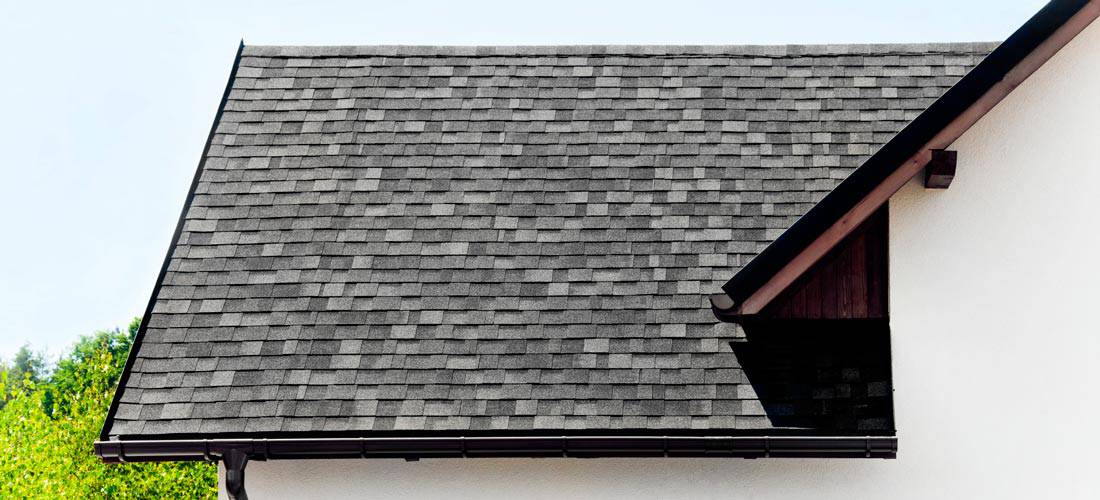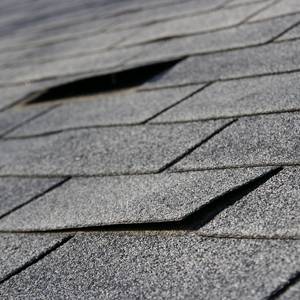Buckling is one of the more common types of asphalt shingle failures. Use this guide to prevent asphalt shingle buckling.
One of the major concerns that homeowners sometimes have when they install asphalt organic shingles or asphalt fiberglass shingles is how to prevent asphalt shingle buckling. Asphalt shingles are popular due to their low cost, durability, and diverse color and texture availability. Nonetheless, buckling is an issue that sometimes occurs with this type of roofing shingle.

Asphalt shingle buckling
Buckling is typically a result of moisture that causes the wooden decking or framing beneath the shingles to move. This can lead to expensive repairs for the homeowner and headaches for roofers who guarantee their work. Fortunately, most instances of buckling in asphalt roofs are preventable when the following measures are taken:
 Proper attic ventilation: Preventing moisture buildup in the attic can stave off some of the buckling that is seen on the rooftop. Vapor from dishwashers, showers, clothes dryers and other appliances cannot be allowed to condense and collect in the attic. Ridge vents, eave vents and a fan system can all be useful in keeping the attic free from moisture.
Proper attic ventilation: Preventing moisture buildup in the attic can stave off some of the buckling that is seen on the rooftop. Vapor from dishwashers, showers, clothes dryers and other appliances cannot be allowed to condense and collect in the attic. Ridge vents, eave vents and a fan system can all be useful in keeping the attic free from moisture.
Installation of a vapor retardant: The ventilation requirements for the attic can be lessened if a vapor retarder is installed on the warm side of your ceiling and also on the ground in homes that have a crawl space.
Allowing room for expansion: Since sheathing may have very low moisture content when it is manufactured, panels will usually increase widthwise and lengthwise when exposed to moisture from rain or humid air. By leaving a one-eighth-inch space at the sides and ends when the sheathing is fastened to framing, you allow room for expansion.
Proper installation of underlayment: The proper use of underlayment can reduce the incidence of buckling, too. For best results, experts recommend the use of a minimum of one No. 15 layer of shingle underlayment that conforms to ASTM D 4869 or ASTM D 226. The manufacturer's instructions should be followed during installation.
Shingles that have buckled can sometimes be repaired by lifting up the shingle tabs and flattening out the buckled shingles using special fasteners. If that fails to correct the problem, it may be necessary to remove the damaged shingles, trim them slightly in order to flatten them and then reinstall them, resealing them with roofing cement. Beyond these two fixes, the only other alternative may be to replace the problem shingles with new shingles. This can be a bit more complicated when the shingles in question are laminated architectural shingles as opposed to three-tab shingles, which are easier to replace.
It is not always possible to prevent asphalt shingle buckling. QualitySmith can help you find contractors in your area who can install roofing or provide you with roofing estimate for the repair of buckling shingles. These contractors are usually willing to discuss roofing cost concerns with you prior to starting the job.













Write a Comment